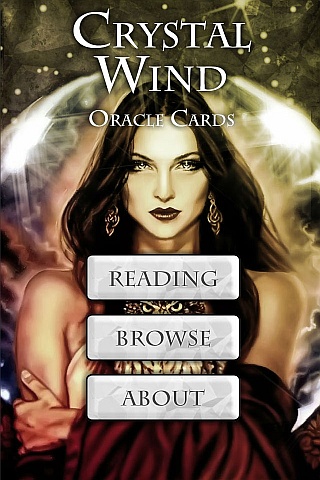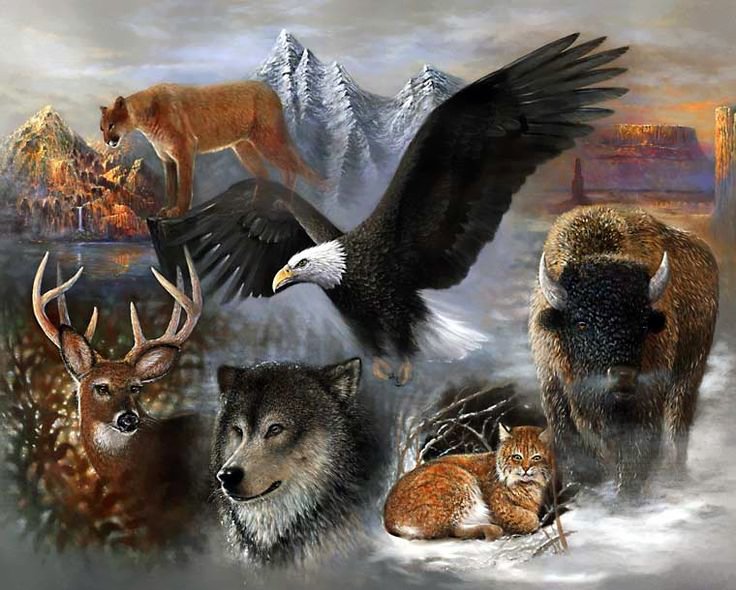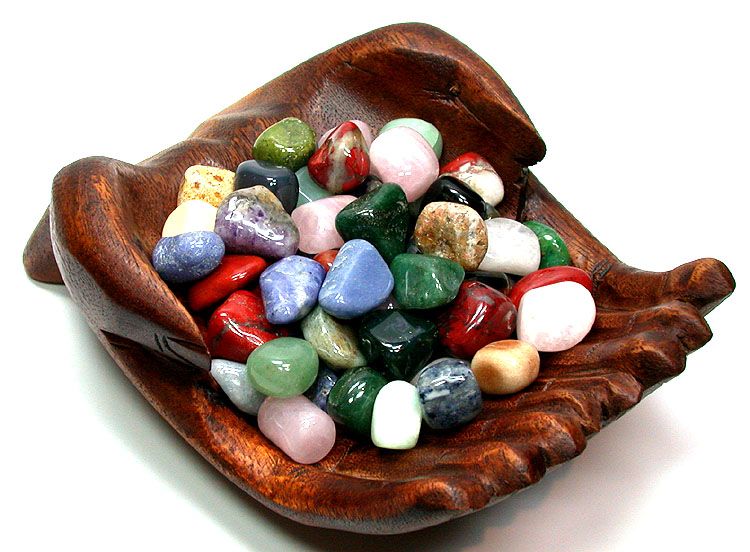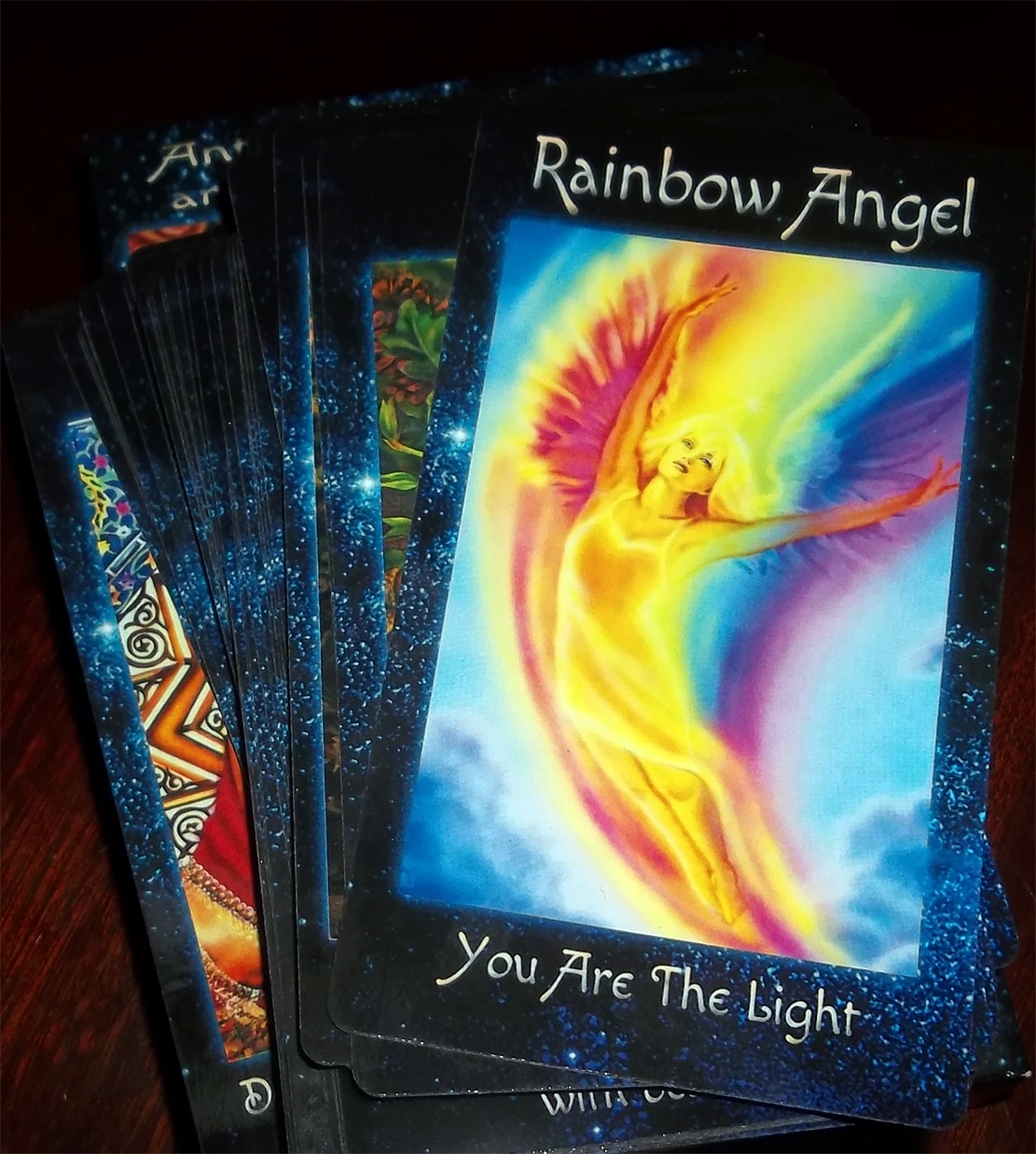Burning Man Wicca Connection: Explained, Meaning Revealed
- Details
- Written by And-El
- Views: 1760

If you’ve spent any time on social media around late August or early September, odds are you’ve seen surreal photos from the Nevada desert—towering art installations, dust-covered revelers, and a giant wooden man set ablaze against a starry sky.
That’s Burning Man, a week-long festival that’s become a magnet for artists, free spirits, and anyone craving a break from the ordinary. But Burning Man’s wild, ritualistic energy often sparks questions: is it a modern pagan festival? Is it connected to Wicca? And what do these words—Burning Man and Wicca—actually mean in our culture today?
Let’s unwind the confusion. While Burning Man and Wicca sometimes get lumped together, they’re two very different things. But each, in its own way, is shaped by the human urge for ritual, transformation, and a sense of belonging.
What Is Burning Man, Really?
Burning Man isn’t like your average music festival. It’s an annual experiment in temporary community, held in the Black Rock Desert of Nevada. For one week every year, tens of thousands of people gather to build a city from scratch—Black Rock City—then take it all down without a trace. The event culminates in the burning of a massive wooden effigy, “the Man,” followed by the burning of an elaborate temple.
Burning Man started in 1986, when a handful of friends burned an eight-foot wooden figure on a San Francisco beach. It was a spontaneous act, fueled by a desire for catharsis and creativity. Over the years, the event grew—first moving to the desert, then swelling to a population larger than many small towns. Today, it’s a phenomenon: part art festival, part social experiment, part spiritual journey.
The event runs on ten guiding principles, like radical inclusion, self-reliance, communal effort, and leaving no trace. Participants (they’re not called attendees) are encouraged to create art, share experiences, and help each other. Money isn’t used—everything is gifted or bartered.
But what about the ritual? The burning of the Man and the Temple are huge, cathartic spectacles. People gather, often in silence, to watch these structures go up in flames, sometimes leaving behind personal notes, prayers, or mementos. It’s a powerful release—part party, part ceremony.
Wicca: Modern Paganism in Practice
Now, let’s look at Wicca. Wicca is a modern pagan religion that emerged in the mid-20th century, largely thanks to the writings of Gerald Gardner. It’s rooted in old European pagan traditions but blends them with elements of Western occultism, ceremonial magic, and nature worship.
At its core, Wicca is about reverence for nature and the cycles of the earth—solstices, equinoxes, the waxing and waning of the moon. Wiccans often honor a Goddess and a God, perform rituals to mark seasonal festivals (called Sabbats), and practice magic as a way of connecting with the sacred. Rituals are often held outdoors, in circles, and involve symbolic tools, chanting, and meditative work.
Wicca is recognized as a religion in many countries, with a set of beliefs, ethical guidelines (like the Wiccan Rede: “An it harm none, do what ye will”), and an emphasis on personal responsibility and spiritual growth. It’s not a performance or a festival, but a spiritual path people follow year-round.
Where the Confusion Comes From
So, why do people connect Burning Man and Wicca? A lot of it comes down to appearances—and a bit of cultural misunderstanding. Both are countercultural, both value ritual, and both attract folks interested in alternative spirituality. At Burning Man, you’ll see people in robes, dancing around fires, building shrines, and talking about transformation and the sacred. That looks, to an outsider, a lot like “modern paganism.”
Some Burners (the affectionate term for Burning Man participants) do practice Wicca or other pagan traditions, and you’ll often find workshops on tarot, meditation, or goddess worship at the festival. But that’s not the same as Burning Man itself being a Wiccan or pagan event. The festival doesn’t endorse any specific religion or dogma—in fact, it’s fiercely secular and open to all beliefs.
Wicca, on the other hand, is a specific spiritual path with its own history, rituals, and community. While it shares a love of ritual and nature with Burning Man, it’s not organized as a festival or public spectacle. Many Wiccans do attend Burning Man, but just as many don’t.
Rituals, Transformation, and Community: The Real Connection
If there’s a connection between Burning Man and Wicca, it’s more about the human need for meaning and transformation than about direct religious links. Both provide a sense of ritual—a way to step outside daily life, mark change, and create community.
Burning Man’s bonfires, temple burns, and communal gatherings echo ancient practices where fire represented renewal, purification, and connection. Wiccan rituals, too, use the elements—especially fire—to symbolize transformation and rebirth. Both traditions give people a space to process emotions, let go of what no longer serves them, and reimagine what’s possible.
And both attract people searching for something more—whether that’s spiritual connection, creative expression, or just the freedom to be themselves.
So, Are Burning Man and Wicca Related?
Not directly. Burning Man isn’t a Wiccan or pagan festival, and Wicca isn’t a festival at all. But both draw from ancient impulses—to gather, to create, to mark the passing of time with ritual. Burning Man borrows the language of ceremony and transformation, but it’s a secular, open-ended experiment in community. Wicca is a living, breathing religion with its own roots, practices, and purpose.
If you’re attending Burning Man, you’ll find all sorts of spiritual flavors—Christian, Buddhist, atheist, pagan, and everything in between. If you’re exploring Wicca, you’re joining a spiritual tradition with decades of history and a deep respect for nature and personal growth.
Final Thoughts: Why the Distinction Matters
It’s easy to see why Burning Man and Wicca get conflated. Both offer alternatives to mainstream life and invite us to step outside the ordinary. But understanding their differences helps us appreciate what each has to offer—whether it’s the creative chaos of the playa or the quiet magic of a moonlit ritual.
So next time you see those mesmerizing images from the desert, or hear someone mention modern witchcraft, you’ll know the real story. Burning Man and Wicca both tap into the human need for ritual, but they’re not the same thing. Each, in its own way, keeps the ancient fires burning.
If this article gave you a new perspective, share it with your friends and drop your thoughts in the comments below. Let’s keep the conversation going!
Disclaimer:
The information provided in this article is for educational and informational purposes only. It reflects the views and interpretations of the author and should not be considered as professional, legal, or religious advice. Readers are encouraged to conduct their own research and consult authoritative sources for deeper understanding of Burning Man, Wicca, and related topics.
References:
- Burning Man Official Website: https://burningman.org/
- Hutton, Ronald. The Triumph of the Moon: A History of Modern Pagan Witchcraft. Oxford University Press, 1999.
- Adler, Margot. Drawing Down the Moon: Witches, Druids, Goddess-Worshippers, and Other Pagans in America Today. Penguin Books, 2006.
- CrystalWind.ca. "Wicca: Modern Paganism and Nature Spirituality." https://www.crystalwind.ca/
- Pike, Sarah M. Earthly Bodies, Magical Selves: Contemporary Pagans and the Search for Community. University of California Press, 2001.
Disclaimer: This article is for informational and educational purposes only. It does not provide medical advice, diagnosis, or treatment. Always consult a qualified healthcare professional before making any health decisions.
Explore more at CrystalWind.ca. Connect with #LightWarrior, #SpiritualJourney, #Awakening, #CrystalHealing, #Ascension, #SpiritualGrowth, #EnergyUpdate, #Crystalwind, #PleiadianLight.
© 2025 AndEl & CrystalWind.ca. All rights reserved. Licensed under CC BY-ND 4.0. Share freely with author’s name, this notice, and a link to https://www.crystalwind.ca. No changes allowed without written permission.
Liked this article? Dive deeper into personal growth and wellness! Check out CrystalWind.ca for spiritual wisdom or explore AromaWorx.ca for natural well-being tips. Spread the positivity—share this with friends on their happiness journey!
Let’s Chat! Drop Your Thoughts Below! ![]()
Latest Articles
Dive into the Mystical World of the Crystal Wind Oracle Deck!
Get All the Enchanting Details Now!
NEW Expanded Boxed Edition!
Now with 58 Cards for Richer Wisdom!

Imagine a world of inspiration and healing, free for all—made possible by YOU!
Donate Now—Ignite the Magic at CrystalWind.ca!

Epilepsy - Finding A Cure
Your donation can make a difference!
Help us find a cure – donate now!
Unlock Your Light: Join Lightworkers Worldwide on CrystalWind.ca!
Follow Us!
Featured This Month
Crystals for Virgo
As the warmth of summer begins to soften into the crispness of autumn, the Sun... Read more
Virgo Mythology
The Virgo Myth In all of constellation mythology, few legends are as misund... Read more
Peridot: The Healer's Stone
Peridot has been used as a Power Stone for centuries. Peridot fosters emotio... Read more
The Vine: September 2nd - September 29th
The Autumnal Equinox ( Alban Elfed ) Celtic Symbol : The White Swan Read more
Watermelon Tourmaline
Synonym: Rainbow Tourmaline The watermelon tourmaline is a rare variety t... Read more
Mabon in Modern Times: Fresh Takes on the Au…
The Mabon season begins somewhere around the 21st-22nd of September and cont... Read more
Mabon Magic: Ideas For Fall Decoration And R…
Welcome (almost!) to Fall! We’re turning the Great Wheel once again, toward ... Read more
Sun in Virgo
An Overview of Sun Sign Characteristics for Virgo Virgo is guided by Mercur... Read more
Sweet Violet
Sweet Violet Faithfulness and modesty. “I will always be true to you.” Helps... Read more














































